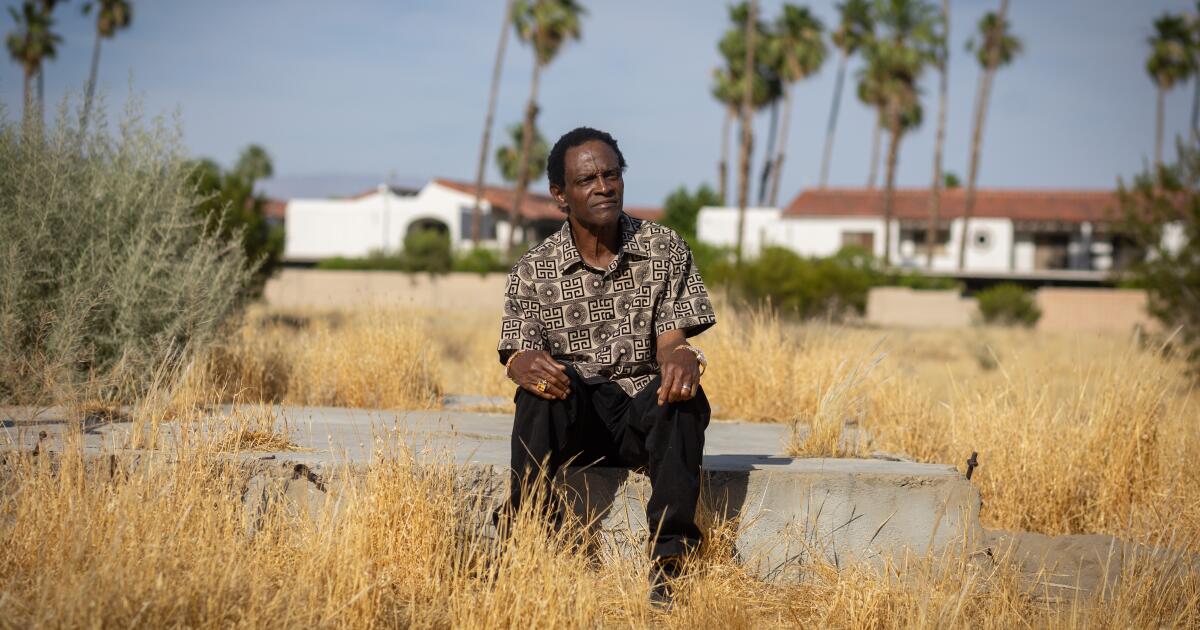Palm Springs City Council Approves $5.9-Million Settlement for Displaced Residents
Historic Moment for Justice and Accountability
The Palm Springs City Council has unanimously approved a $5.9-million settlement with the Black and Latino families whose homes were razed and burned in a brutal urban renewal project in the 1950s and 1960s.
Standing-Room Crowd Celebrates Historic Moment
A standing-room crowd in the City Hall chambers Thursday night exploded into clapping and cheering, leaped to their feet and embraced. Pearl Devers, a Section 14 survivor, called the settlement "a beacon of hope" for people across the world.
What Happened in Section 14
Section 14, a one-square-mile tract, is in the center of the Agua Caliente Band of Cahuilla Indians Reservation. The Agua Caliente were unable to develop their land until the late 1950s because of federal laws, so tribal landowners leased plots to Black and Latino workers who were excluded from much of the rest of the city by racist real estate covenants and lending practices.
Urban Renewal Project
The area had limited water and electrical service and no gas lines, sewers, garbage pickup or paved roads, according to a historical study prepared by the Architectural Resources Group last month for the City Council. As early as the 1930s, county, state and federal officials were raising concerns about substandard living conditions in Section 14.
Eviction and Displacement
The California Housing Authority and the Riverside County Department of Health instructed the city of Palm Springs to remove the makeshift, substandard homes in Section 14 in 1951, and eviction notices began going out to residents. The city worked to relocate Section 14 residents and ensure they would have housing after their impending evictions, but not all efforts were successful.
City’s Apology and Reparations
In 2021, the city apologized for its actions surrounding the displacement of the neighborhood, and discussions regarding reparations have continued for years. The city agreed to create a day of remembrance to commemorate Section 14 residents’ contributions to the city and approved funding broader programs intended to address long-standing economic disparities in the desert city.
Conclusion
The settlement package includes compensation based on the current value of personal property lost by verified former Section 14 residents and their families. The $5.91-million settlement will be paid directly to the trust account of the claimants’ attorney, who will oversee disbursement to verified former residents and descendants.
FAQs
Q: What was the purpose of the settlement?
A: The settlement was to compensate the Black and Latino families whose homes were razed and burned in a brutal urban renewal project in the 1950s and 1960s.
Q: How much was the settlement?
A: The settlement was $5.91 million.
Q: Who will receive the settlement funds?
A: The funds will be paid directly to the trust account of the claimants’ attorney, who will oversee disbursement to verified former residents and descendants.
Q: Why did the city apologize in 2021?
A: The city apologized in 2021 for its actions surrounding the displacement of the neighborhood, acknowledging past wrongs and expressing commitment to making amends.


